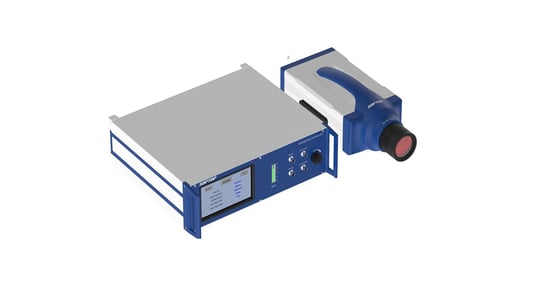What is the basic principle of vibration?Vibration is the continuous motion or movement of an object, system, or phenomenon from a central equilibrium or rest position to a position of displacement and back again. Almost everything we experience in everyday life, from walking, talking, driving, to playing music or a mobile phone vibrating in our pockets, is caused by vibration. But what is the basic principle of vibration that makes it possible? This article explores the fundamental principles of vibration, how it works, and its applications in various fields.The Nature of VibrationVibration occurs when an object oscillates back and forth around its position of equilibrium. This motion, which is often repetitive and rhythmic, generates waves that propagate through a medium or a space. The frequency of vibration, measured in Hertz (Hz), is the number of oscillations per second. The amplitude, on the other hand, is the distance between the rest position and the maximum displacement or peak of the vibration.The Law of Motion and VibrationAccording to Isaac Newton's first law of motion, an object at rest tends to stay at rest, while an object in motion tends to stay in motion unless acted upon by an external force. This principle also applies to vibration, where the motion of an object, system, or wave is initiated by a force, such as a touch, a sound, or a mechanical disturbance. The energy of the force is then converted into kinetic energy, which causes the object to vibrate.Vibration and ResonanceResonance is a phenomenon that occurs when a vibrating system, object, or wave is subjected to a specific frequency that matches its natural frequency. When this happens, the amplitude of the vibration increases, leading to a condition known as resonance. Resonance can be constructive or destructive, depending on how closely the applied frequency matches the natural frequency of the object. Musical instruments, radios, and speakers all work based on the principle of resonance.The Relationship between Vibration and SoundVibration and sound are closely related phenomena. Sound is simply a type of vibration that propagates through air or a medium, creating pressure waves that our ears can detect as sound. When an object vibrates, it generates waves of pressure, which propagate in all directions from the source. These waves, also known as sound waves, create vibrations in our eardrums, which the brain interprets as sound.Vibration and Heat TransferVibration can also play a significant role in heat transfer. When two objects vibrate against each other, friction is generated, which produces heat. In industrial applications, vibration is often used to increase heat transfer rates by promoting the mixing of fluids or increasing surface area contact between materials. This technique can be applied in refrigeration, heating, and cooling, and other thermal processes.Vibration and Structural EngineeringStructural engineers rely on the principles of vibration to design safer and more robust structures. Vibration analysis, which involves measuring and analyzing the characteristics of vibration in a structure, is used to identify potential structural problems, such as excessive stress, fatigue, or deformation. Engineers use this data to design structures that can withstand the forces of vibration caused by earthquakes, wind, and other environmental factors.Vibration and Machine DesignMachine designers and mechanical engineers also use the principles of vibration to create more efficient and reliable machines. Vibration sensors can be installed on machines to detect and analyze the characteristics of their vibrations, which can help identify problems, such as misalignments, wear, and damage. This information can be used to design machines that run more smoothly, require less maintenance, and have longer lifespans.The Applications of Vibration in ScienceVibration has broad applications in various scientific fields, including physics, chemistry, and biology. In physics, vibration is used to study the properties of matter, such as elasticity, viscosity, and thermal conductivity. In chemistry, vibration is used to analyze the structures of molecules and to predict their reactivity. In biology, vibration plays a key role in the movement and function of cells, tissues, and organs.Vibration and MusicMusic is perhaps the most common application of vibration in everyday life. Musical instruments, such as stringed instruments, percussion, and brass, all rely on the principles of vibration to create sounds and produce music. The pitch and tone of musical notes are determined by the frequency and amplitude of the vibrations produced by the instruments.The Future of VibrationAs technology advances and new materials are developed, the applications of vibration are likely to expand even further. Nanotechnology, for instance, is a field where vibration can play a critical role in manipulating and controlling the behavior of particles and molecules at the atomic level. In medicine, vibration is already being used to treat various medical conditions, such as osteoporosis and muscle atrophy. With continued research and development, the principles of vibration are likely to open up new frontiers in science, engineering, and technology.Quote InquiryContact us!




